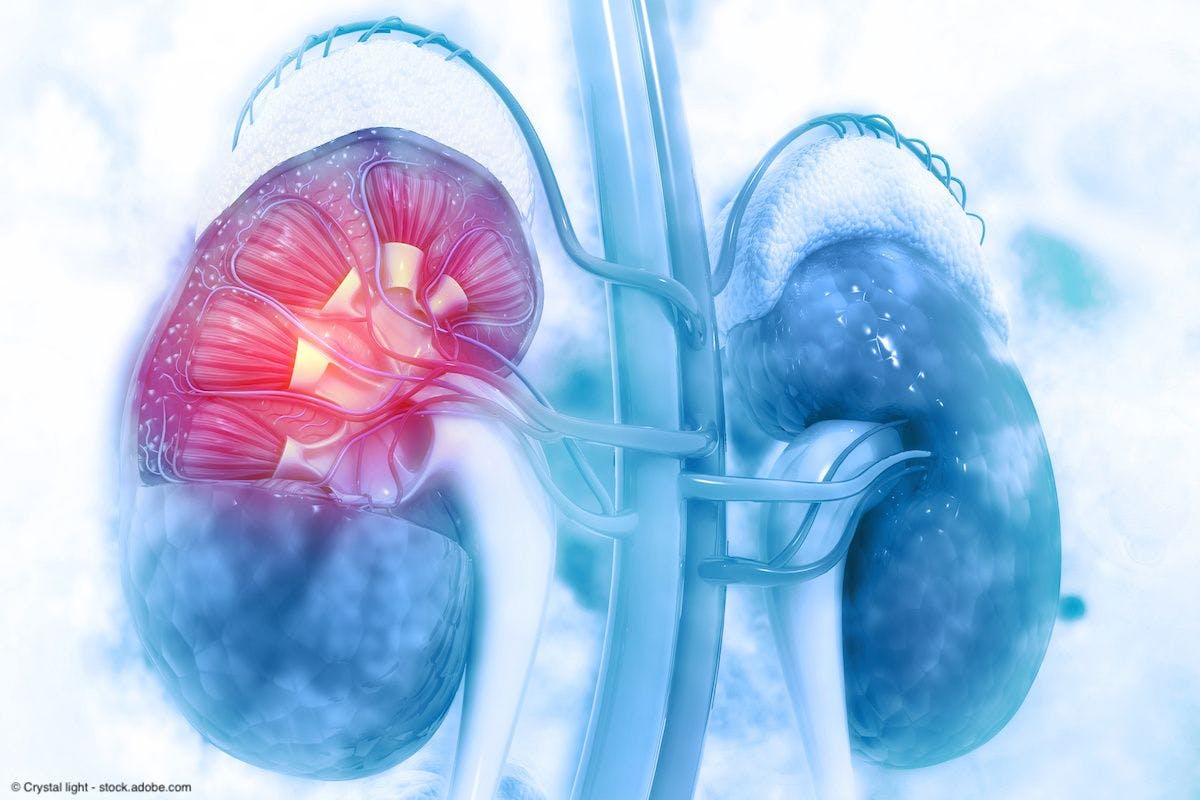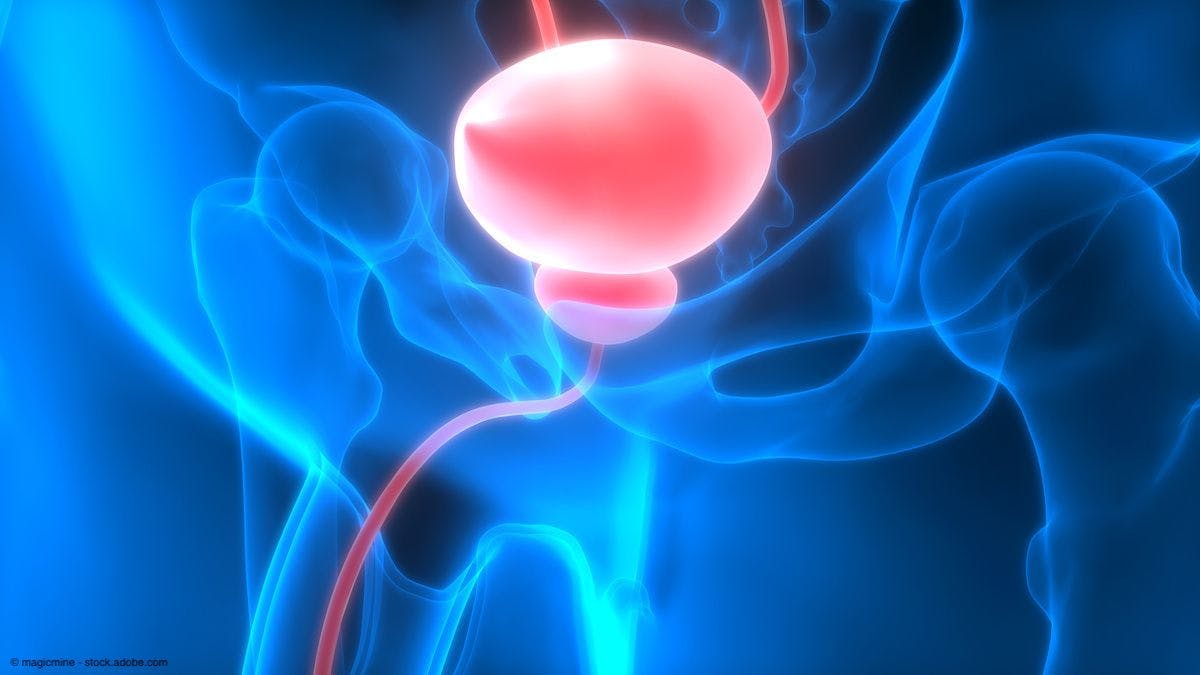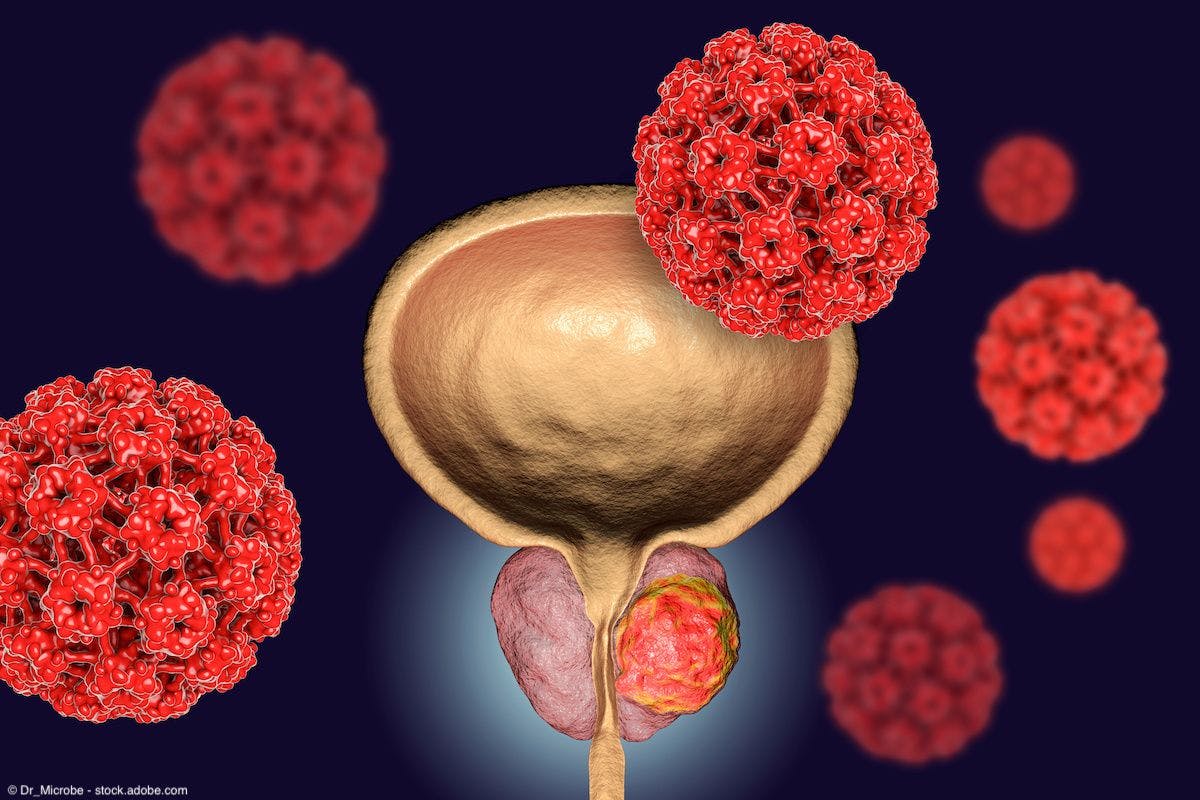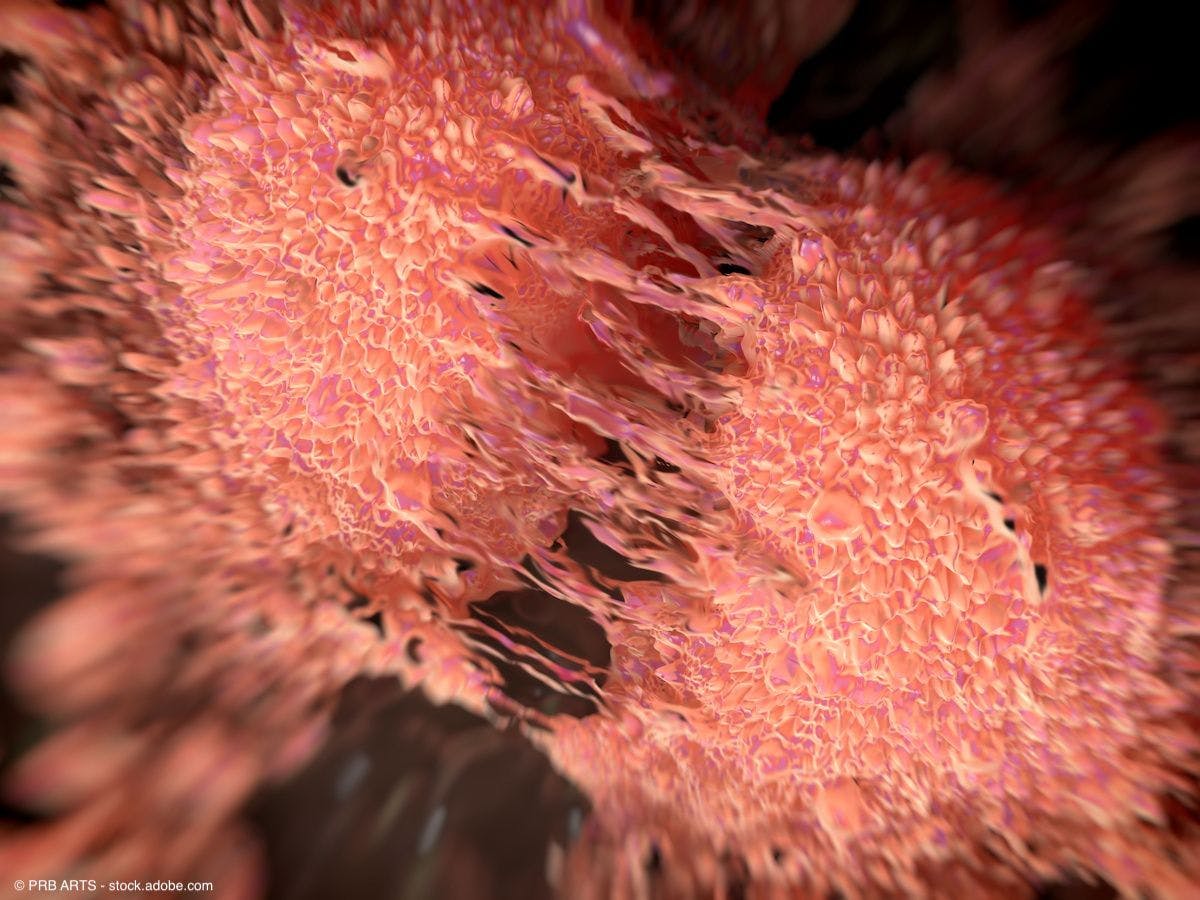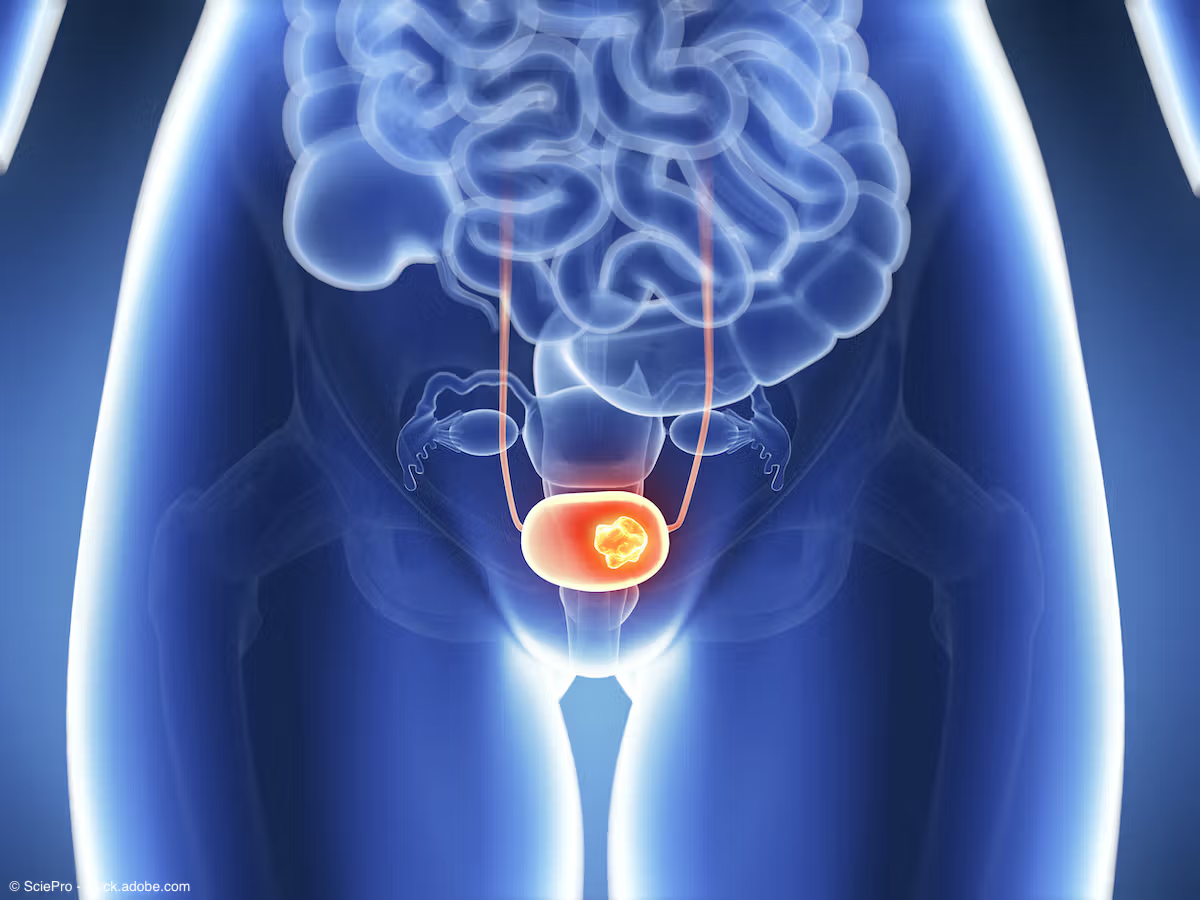News
Article
Urology Times Journal
Blue light cystoscopy improves NMIBC detection in all racial groups
Author(s):
"Our study showed that regardless of race, BLC increases the detection of bladder cancer when combined with WLC," says Sia Daneshmand, MD.
The addition of blue light cystoscopy (BLC) to white light cystoscopy (WLC) was found to improve the detection of malignant lesions among patients of various races with non–muscle-invasive bladder cancer (NMIBC), according to data published in the journal Cancers.1
Data from the study were collected from the multi-institutional BLC Cysview registry, a real-world, longitudinal evidence study that was established in 2014 by Photocure and is expected to enroll 4400 patients.

"Our study showed that regardless of race, BLC increases the detection of bladder cancer when combined with WLC. These results could identify differences in groups that will lead to improved treatment of underserved minority populations,” said study author Sia Daneshmand, MD, in a news release on the findings.2 Daneshmand is a professor of urology, the director of clinical research, and the urologic oncology fellowship director at the University of Southern California in Los Angeles.
Overall, data from the study showed that the addition of BLC to WLC increased the detection rate of any malignant lesions by 10% across the entire cohort. This increase was even more pronounced among Asian patients, with an increase of 18% following the addition of BLC. Conversely, the increase was least pronounced in Hispanic patients, with an observed 2% increase.
The sensitivity for the combination of BLC and WLC for any malignant lesion was 99%, compared with 88.7% with WLC alone and 95.8% with BLC alone (P < .001). Particularly, the sensitivity of BLC alone was significantly higher than that of WLC alone in White/Caucasian patients, with a sensitivity of 96% with BLC vs 89% with WLC (P < .001). BLC also demonstrated a significantly higher sensitivity in Asian patients at 96%, compared with 78% with WLC alone (P < .001). No significant difference in sensitivity was observed between BLC and WLC among Black/African American patients nor Hispanic patients.
In the detection of tumors with carcinoma in situ (CIS), the sensitivity of BLC significantly outperformed that of WLC among all racial groups assessed (P < .001). In a subgroup analysis, the sensitivity of BLC in detecting tumors with CIS compared with benign lesions was 95% among Black/African American patients, 94% among Asian patients, 93% among White/Caucasian patients, and 80% among Hispanic patients.
In the total population, the positive predictive value (PPV) of BLC was 82%, and the negative predictive value (NPV) was 70%. The PPV of BLC was highest among the Asian population at 94.4%, and the highest NPV was observed among Hispanic patients at 86%.
Regarding safety with the instillation of hexaminolevulinate (HAL) with BLC, the investigators observed minor adverse events (AEs) in 17 patients, which included bladder and urinary tract pain. None of these AEs were definitively attributed to HAL instillation, and all 17 patients were White/Caucasian. No AEs were observed among patients of other races.
In total, investigators in the study assessed 2379 lesions/tumors from 1292 adult patients who underwent transurethral resection of bladder tumor (TURBT) or biopsy with BLC and WLC between 2014 and 2021. Among all patients, 1095 (85%) were White/Caucasian, 96 (7%) were Black/African American, 51 (4%) were Asian, and 50 (4%) were Hispanic.
Data from the study were collected from the multi-institutional BLC Cysview registry (NCT02660645), a real-world, longitudinal evidence study that was established in 2014 by Photocure and is expected to enroll 4400 patients.
The primary outcome measure for the current study was the sensitivity of BLC, WLC, and both in combination in the detection of any malignant lesion on final pathology. Secondary outcome measures included the PPV and NPV of the modalities alone and in combination, as well as adverse events with HAL instillation.
Daneshmand concluded in the news release,2 “Further research is warranted to understand the underlying etiology of these observations, which may ultimately alter interpretation of lesions detected by BLC.”
References
1. Ladi-Seyedian SS, Ghoreifi A, Konety B, et al. Racial difference in detection rate of bladder cancer using blue light cystoscopy: Insights from a multicenter registry. Cancers. 2024;16(7), 1268. doi:10.3390/cancers16071268
2. New publication: Racial difference in detection rate of bladder cancer using blue light cystoscopy. News release. Photocure. Published online March 28, 2024. Accessed March 29, 2024. https://photocure.com/news/new-publication-racial-difference-in-detection-rate-of-bladder-cancer-using-blue-light-cystoscopy-4785638

Newsletter
Stay current with the latest urology news and practice-changing insights — sign up now for the essential updates every urologist needs.




